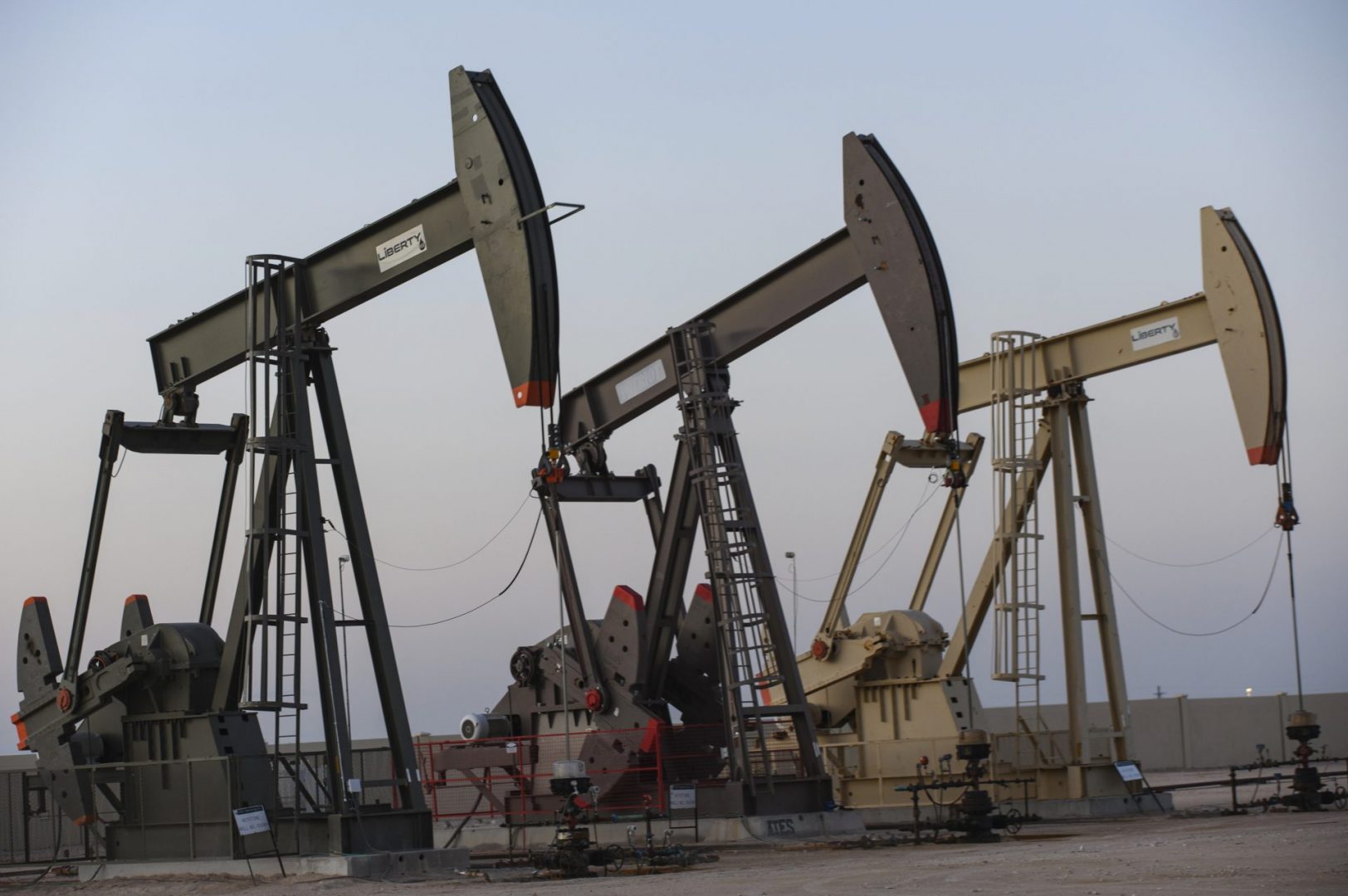Commodities
Crude oil prices forecast: Swiss analysts predict $110 a barrel

New crude oil prices forecast. In the second half of 2023, world prices for Brent crude oil will rise to $110 per barrel, and in the coming months will exceed the threshold of a hundred dollars. This forecast, quite favorable for Russia, was made by the largest Swiss financial holding UBS. Meanwhile, at the moment, oil continues to fall in price, and so far this trend looks quite stable.
Will the forecast come true? Crude oil prices real time
Crude oil prices in real time will be pushed by the restoration of demand for energy in emerging markets as a whole, and in China in particular, analysts believe UBS. According to their calculations, demand for oil in China will exceed the level of 2019. At the same time, to the maximum extent will be aware of the key energy problems in 2022 due to sanctions against Russian supplies of raw materials and the chronic underfunding of oil production.
On Wednesday, January 4, oil quotes accelerated their fall to nearly 3%, with Brent futures falling below $80 a barrel. The previous trading day, the first one this year, the price of Brent dropped by 4.43% at once, to $82.1. On Thursday, January 5, the price was $79.65 per barrel.
The situation is associated with an increase in the incidence of coronavirus in China (which worsens the short-term prospects for oil demand in this country). There are also concerns about a possible recession in the global economy. Also, China’s non-manufacturing sector business activity index (PMI) fell to 41.6 points in December from 46.7 in November.
Now all forecasts on oil prices, including UBS estimates, are tentative. In this case, the Swiss holding joined a group of large international banks like Goldman Sachs and JP Morgan, which voiced the same figure – $110 per barrel, in the second half of the year or in the 4th quarter. However, there is another expert point of view, according to which oil will cost about $90 on average. It is hard to say who is closer to the truth here, we have to wait at least two months until the risks associated with the sanctions are realized.
On January 19-20, the last contracts concluded between Russia and foreign buyers of its energy resources before December 5, the date of entry into force of EU sanctions (embargo on maritime deliveries and the ceiling price of $ 60 per barrel) expired. And until they are implemented, it is difficult to predict further price trajectory.
Also, the UBS forecast does not consider the factor of a likely global recession. The recession in 2023 will cover one third of the world’s economy. It means that consumption and, consequently, demand for energy carriers will decrease. In such a case, there will be neither a deficit, nor a serious (maximum up to $90 per barrel) rise in oil prices.
Earlier, we reported that oil prices slowed down after Saudi Aramco’s decision to sell prices.
Commodities
Oil prices rise; U.S. crude inventories plunge, Russia-Ukraine truce eyed
Commodities
India’s Reliance to stop buying Venezuelan oil over US tariffs, sources say
Commodities
Oil prices climb on Venezuela supply worries

 Forex3 years ago
Forex3 years agoForex Today: the dollar is gaining strength amid gloomy sentiment at the start of the Fed’s week

 Forex3 years ago
Forex3 years agoUnbiased review of Pocket Option broker

 Forex3 years ago
Forex3 years agoDollar to pound sterling exchange rate today: Pound plummeted to its lowest since 1985

 Forex3 years ago
Forex3 years agoHow is the Australian dollar doing today?

 Cryptocurrency3 years ago
Cryptocurrency3 years agoWhat happened in the crypto market – current events today

 World3 years ago
World3 years agoWhy are modern video games an art form?

 Commodities3 years ago
Commodities3 years agoCopper continues to fall in price on expectations of lower demand in China

 Economy3 years ago
Economy3 years agoCrude oil tankers double in price due to EU anti-Russian sanctions



























